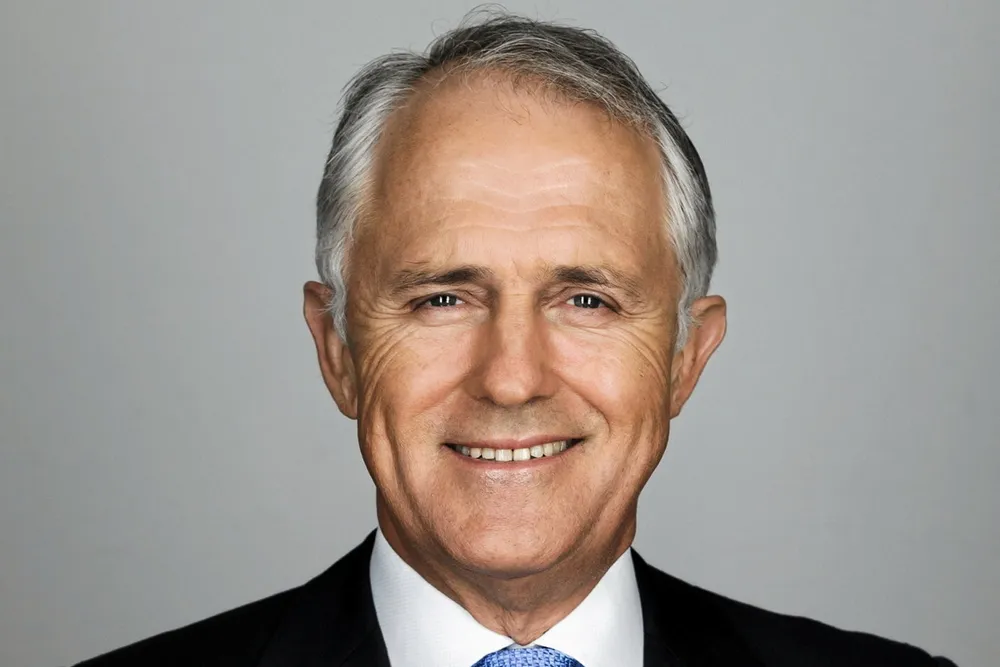Hydropower can be part of green dream team for data centres, says ex-Australian PM
Development of hydropower plants has slowed at time when they are more needed than ever and could be key ingredient in providing 24/7 green baseload power to data centres

Turnbull cites International Energy Agency chief Fatih Birol, who described hydropower as the “forgotten workhorse” of the energy transition. Or, in his own words, it’s “like the whale in the bay that nobody’s noticed.”
This feels a strange thing to say about what was until recently the world’s largest source of renewable energy, with 1.4TW of global capacity at the end of 2023, having only recently been pipped by solar.
However when you consider the UK, for example, has not built any new pumped hydro capacity for over 40 years, it’s easy to see what he’s getting at.
Turnbull is a long-time advocate of hydropower, having launched plans for the massive Snowy 2.0 pumped hydro facility – a planned 2.2GW facility in New South Wales described as his ‘pet project’ – during his three-year spell as Australia’s prime minister.
Four years after his resignation in 2018, Turnbull co-founded Australian developer Upper Hunter Hydro with his wife Lucy, and in 2023 was appointed president of the International Hydropower Association (IHA).
Turnbull clarifies that hydropower is certainly not unappreciated everywhere, with China one example of a country still building a lot of new capacity. Indeed, the Chinese government just last month approved the construction of what will be the world’s largest hydropower dam – overtaking its own already monolithic Three Gorges Dam facility.
However, at a time when solar deployment is skyrocketing and wind power is also gathering pace, the five-year average for hydropower installation has fallen, according to the IHA’s 2023 annual report.
In the past five years, hydropower capacity has grown by 115GW, which Turnbull said in that report is about half the pace it needs to be to stay on the net zero pathway, with investment also sorely lacking. "It deserves a lot more support and a lot more attention," said Turnbull.
“I don't think anything's going wrong with hydropower,” he said. “Quite the contrary,” it remains the “workhorse of the renewables sector” – even if occasionally forgotten – given its ability to provide largely dispatchable green power, unlike wind and solar.
“But it obviously is very expensive because of all of the civil works involved,” he said. “The other thing is that it is harder to persuade communities to dam rivers, which is the way conventional hydropower was built.”
‘Storage is key… people struggle to get their heads around that’
The sector is Turnbull said in the midst of a “renaissance” due to an increase in pumped hydro projects, where water from a lake or another body of water is pumped uphill during periods of excess power and run through a dam to generate power when it is needed.
The long-duration energy storage this provides is he said crucial in helping balance the cheaper but variable power from wind and solar.
The IHA has been promoting a pledge that gained momentum at the recent COP29 summit in Azerbaijan to raise global energy storage capacity from hydropower and other means to 1.5TW by 2030 – some six times higher than it was in 2022 – to help support the development of renewables.
“Storage is the key,” said Turnbull. “I think some people have struggled to get their heads around that.”
The need for more energy storage is becoming more obvious than ever as countries struggle to deal with swings in generation from their growing wind and solar fleets.
During periods of excess generation, this is resulting in curtailment of assets and negative power prices, hurting the economics of projects. Countries are also having to engage in costly scrambles to find generation capacity – as in the UK recently – during periods of little wind and sun.
These dynamics are driving the case for more hydropower, which is “more valuable than ever because it is both zero-emission and dispatchable,” said Turnbull.
He called for governments to set more explicit targets for hydropower and particularly for pumped storage as a means of saving excess electricity from wind and solar for times of low power generation and high demand.
Back in 2023, Turnbull wrote to then-UK prime minister Rishi Sunak calling for him to provide greater support to the development of pumped hydro if the UK is to become the “Saudi Arabia of wind power.”
Hydro, wind and solar can be ‘dream’ combination for data centres
Pumped hydro could also prove crucial in supplying the clean baseload power that data centre operators like Amazon and Google are desperate to procure as they try to reconcile surging electricity demand with decarbonisation goals.
The ravenous power demands of artificial intelligence will require almost $1tn in investment in renewable energy in Europe and the US, according to recent analysis, and Turnbull argues hydropower can be a key ingredient in the clean power mix.
“You've got to start looking at locations where you can build a data centre and co-located with a lot of renewables, solar and wind. And then have some hydro to provide the firming,” he said.
“The dream sequence would be a big solar array, some wind, which has the advantage of blowing at night… and then a pumped hydro facility that enables you to store your surplus power.”
“If you can do that behind the grid, you've got a very, very attractive proposal,” he said, “certainly a lot simpler than building your own bespoke nuclear power station,” another option data centre operators are currently exploring.
“Combining wind and solar with hydropower means that, for every minute every megawatt hour you dispatch from your solar plant is a megawatt hour you don't have to dispatch from your hydro plant.”
(Copyright)